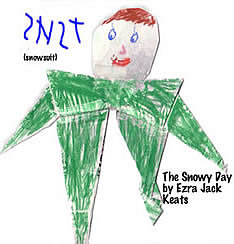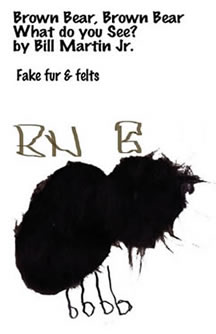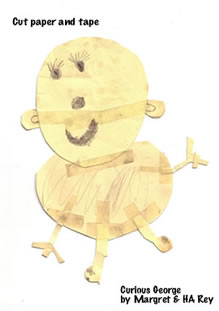Responding to reading is a fun and creative experience for children.
Instead of relying on worksheets about the picture books you read to them, open up the imagination station, encourage process art and you’ll be surprised at the unique creations the kids make as they respond to stories.
After reading a story through a number of times, discuss the images and how the artist created them. Take a bit of time to check that the children know the meaning of some of the more unfamiliar words and concepts in the book.
My students taught me that the important thing about responding to literature, was that they respond to them with their own ideas. It didn’t benefit them to spend time filling in worksheets about the story or to complete 20 identical cut out crafts when they could be using their own imaginations and skills to create something original.
Kids Will Respond Creatively
A stick puppet with bits of lace glued on it became a princess in my students’ eyes and they were immediately ready to act out the story.
As an alternative to having children color and glue exact replicas of the story characters from worksheets, invite your students to respond to the characters with modeling compounds, with found objects, scraps of colored construction paper or craft items such as colored popsicle sticks.
The bear in the image below was a child’s interpretation of brown bear (it didn’t bother the child that there was only black fake fur bits!) from Bill Martin’s Brown Bear, Brown Bear, What do you see? book.
She found two bits of fur that were cut into circular shapes, glued them on her paper, then added legs. She then printed the letters she knew to sound out the words, brown bear. Such a nice alternative to coloring sheets about the story.
 Often kids prefer making things that they can actually MOVE around the room, rather than always drawing on a piece of paper. See one student’s representation of Curious George in the image below.
Often kids prefer making things that they can actually MOVE around the room, rather than always drawing on a piece of paper. See one student’s representation of Curious George in the image below.
Responding to reading – kindergarten
During reading kindergarten children need opportunities:
- to respond to literature with art, singing, and drama
- to make quality guesses for unknown words and events from language patterns and pictures
- to ask questions about what they have heard or read – does it make sense?
- to ask – why a character would do this or that, to say when they don’t understand something in the story and to suggest why a character is excited or scared or sad.
Children’s appreciation for good literature improves as they hear work from great authors and observe many styles of illustrations.
As young children are read to again and again they learn:
- that books are for reading
- that the black marks on the paper represent words and letters
- that letters represent sounds
- that print is read from left to right
- that they can respond to the literature they hear in many different ways
Not sure what picture books to buy? Check out these pages.


